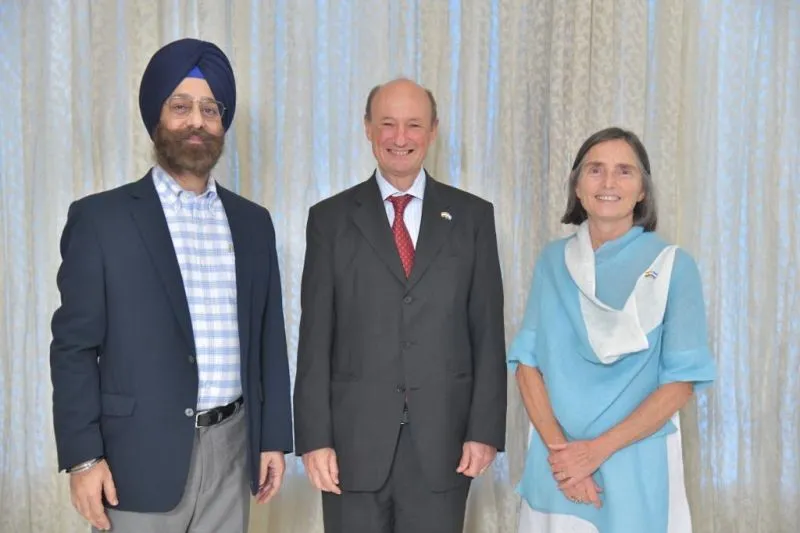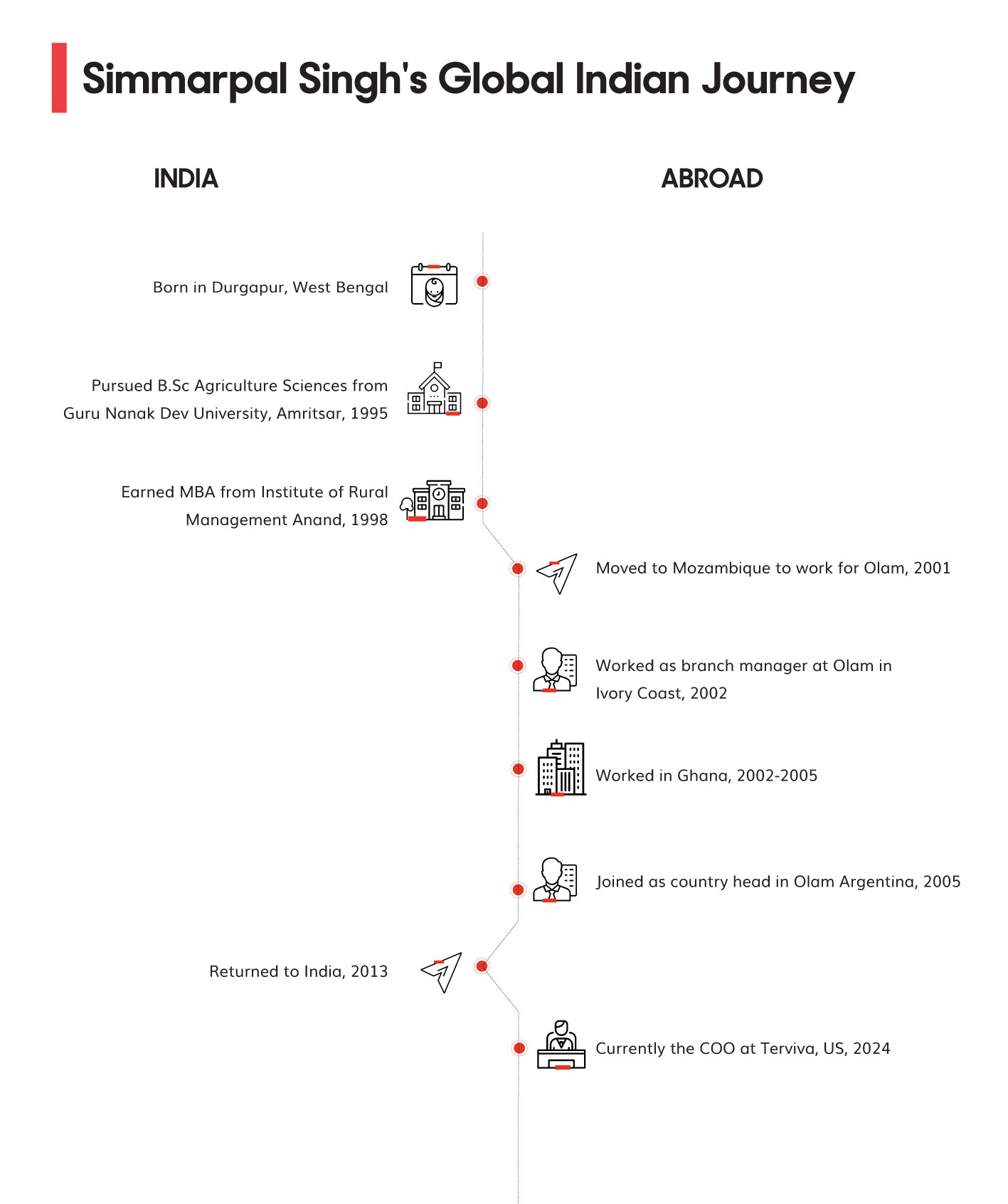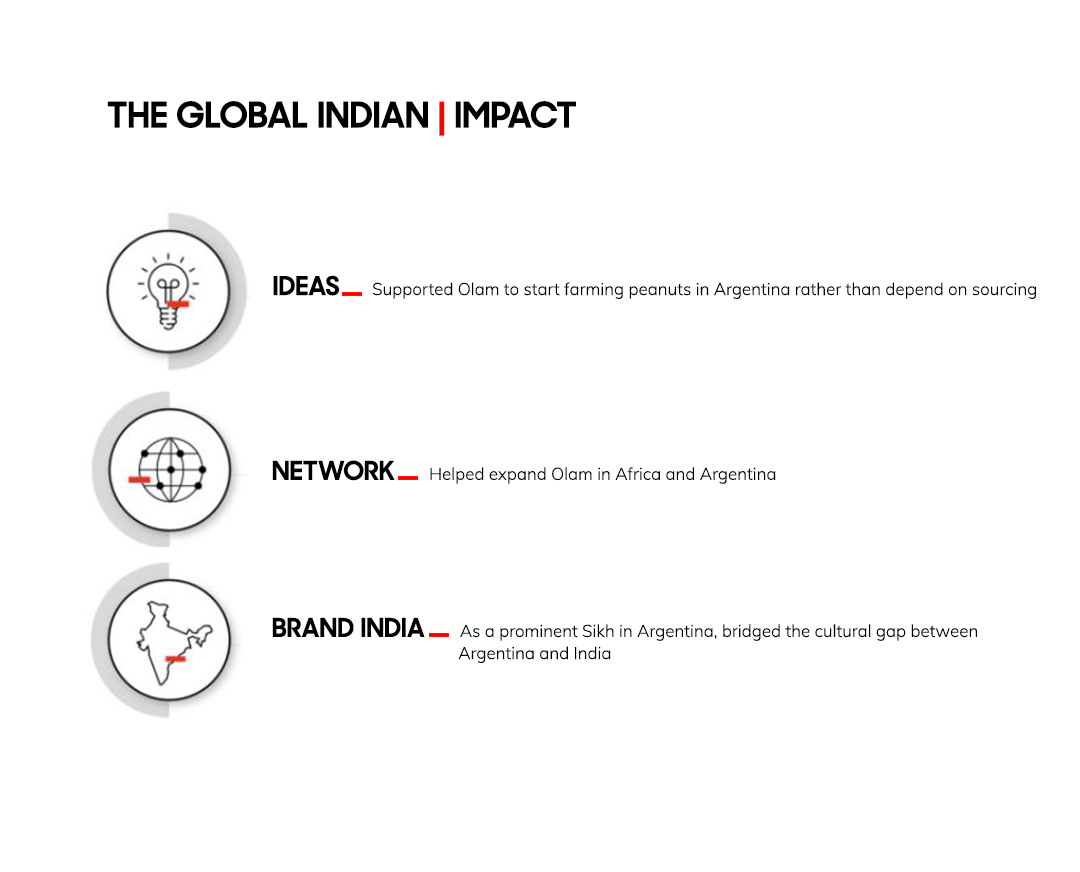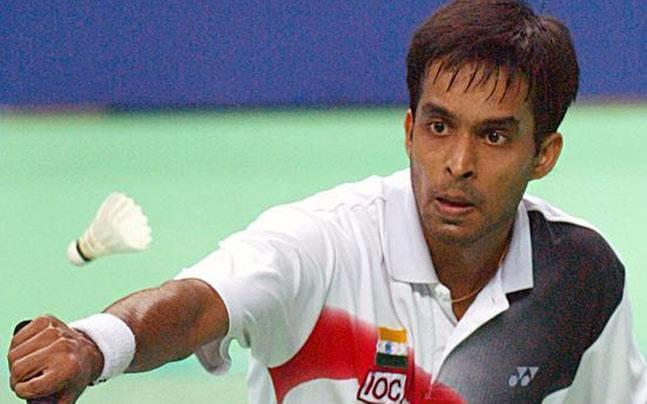“I was quite overwhelmed when I saw the sastrugi (wind-driven snow shapes that resemble sand dunes) for the first time. I’d never seen anything like it, their wing-shaped ridges are very mesmerising to look at,” adventurer Polar Preet shared with me, as we connected over the telephone for an exclusive interview.
(January 18, 2024) It had been about a year since I had been trying to get an interview with her. And so, when it happened a couple of days back, I couldn’t help but ask why she chose Antarctica of all places on the planet to make her mark. “Well, I knew I had to do something big in life,” said Captain Preet Chandi, a British Army officer, who recently became the world’s fastest female adventurer to complete a solo South Pole ski expedition.
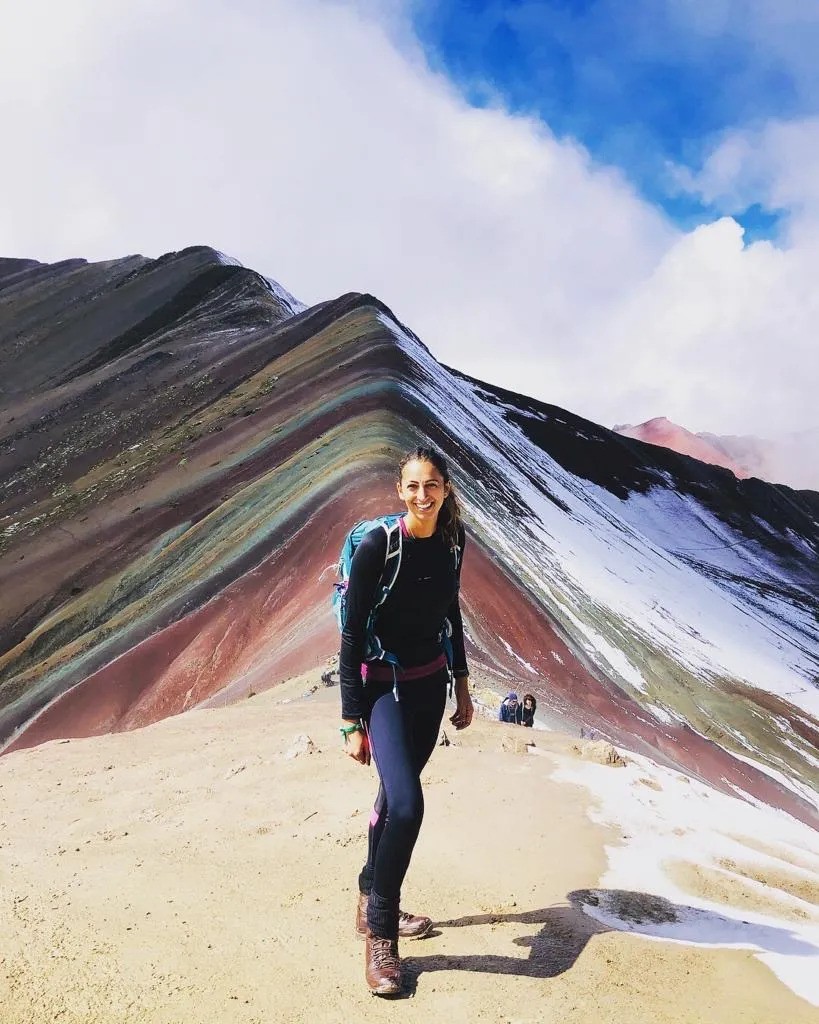
Capt. Preet Chandi
“But the inspiration came in 2018, when I was on an operational tour with the army in South Sudan,” Capt. Chandi continued, “My boss mentioned skiing in Antarctica, and I remember my first reaction to the statement was, ‘I wouldn’t consider doing that’. I successfully finished the grueling, 156-mile Marathon des Sables ultramarathon in the Sahara, during the same operation. As I ran through the desert, I thought that if I could conquer this, perhaps I should contemplate preparing for Antarctica. And there was no turning back after that!”
For the next two-and-a-half years, the adventurer could be seen running in her backyard, pulling a heavy tyre as part of her training for the expedition. On November 7, 2021, Capt. Chandi started her first solo expedition from Antarctica’s Hercules Inlet. After successfully undertaking two additional solo expeditions in the Antarctic, the Global Indian was appointed as a Member of the Order of the British Empire (MBE) during the 2022 Birthday Honours.
A rebel with a cause
It was an advert that she came across by chance – and which changed her life forever. “I was at the Derby City Centre, and I came across this ‘Join British Army’ poster with many smiling people. It looked interesting so I took it home. I think I was just over 18, and I applied to join the Territorial Army,” said the adventurer, who added that the feat wasn’t without the pushback she faced. “I didn’t tell anybody that I joined the Army because it wasn’t the expected thing for me to do. Even people who were close to me wanted me to leave the Army. They wanted to fit me into this box they thought I belonged in, but I think that pushed me to carve my own path even more. In fact, there are a few family members, who till today haven’t even acknowledged that I went anywhere,” Polar Preet laughed.

Despite all the odds stacked against her, Capt. Chandi joined the British Territorial Army as a physiotherapist in the Royal Army Medical Corps (RAMC). “Honestly, I don’t think I would be able to even think of Antarctica had I not been with the British Army,” she said.
The becoming of a champion
Even though she was enjoying her time as an Army officer, Capt. Chandi would often find herself wondering what more she could do. “I used to ask people around me, and there were several answers. People knew I was an ultramarathon runner, so they would suggest running on each continent or undertaking a big run. My boss just offhandedly mentioned Antarctica – like it wasn’t big,” she laughed. But that idea was stuck with the adventurer for a long time.

Capt. Chandi during the Marathon des Sables ultramarathon in the Sahara
“I remember Googling ‘polar explorers’ and being captivated by images of people in large jackets with fur ruffs. So, I too went out and bought a jacket with a fur ruff. While I was filling out the ‘Antarctic Logistics & Expeditions’ application online, I realised I couldn’t confidently answer ‘yes’ to some crucial questions, such as having experience in ice climbing or walking on glaciers. So, I booked a trip to Iceland and hired a guide to acquire the necessary skills. I brought the jacket along, and it was during that trip that I snapped the selfie which is on my website now and has been widely used. It’s quite funny actually, because at that moment, I knew next to nothing about polar exploration, and the Iceland trip did little to prepare me for Antarctica; I just wanted to be able to respond ‘yes’ on the application form,” the adventurer shared.
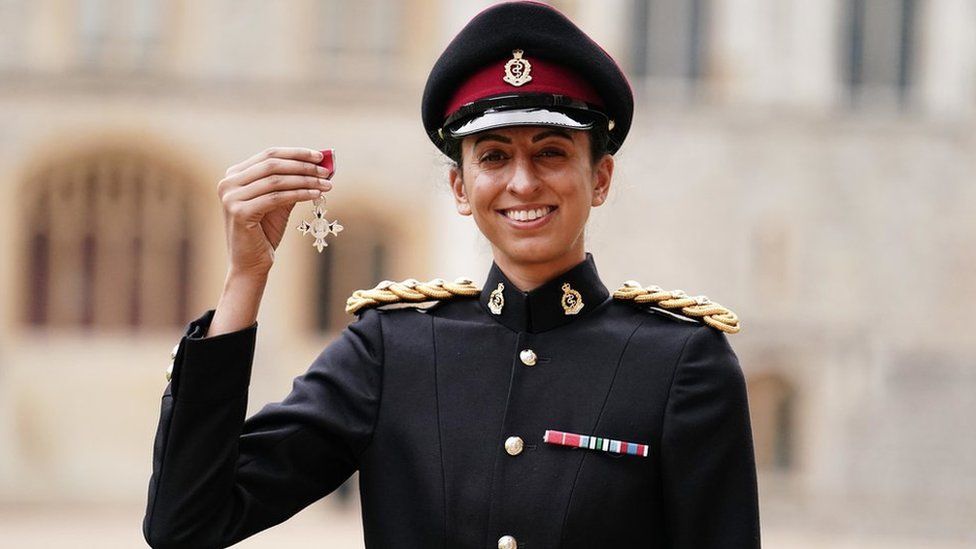
Capt. Chandi was honoured with the MBE in 2022
Preparing for such an extreme expedition is no easy task. “To be honest, it took me approximately two-and-a-half years to solidify my plans. However, starting in January 2021, I began a rigorous training routine, committing to six sessions per week. I did cardio twice a week on an exercise bike and focussed on strength training to ensure I could handle pulling a small sledge. In fact, two tyres became my constant companions – whether I was in London, Preston, or Derby, they went everywhere with me. Sometimes I would drive my tyres to work and then drag them back home. I still have those tyres in my backyard.”
Money matters
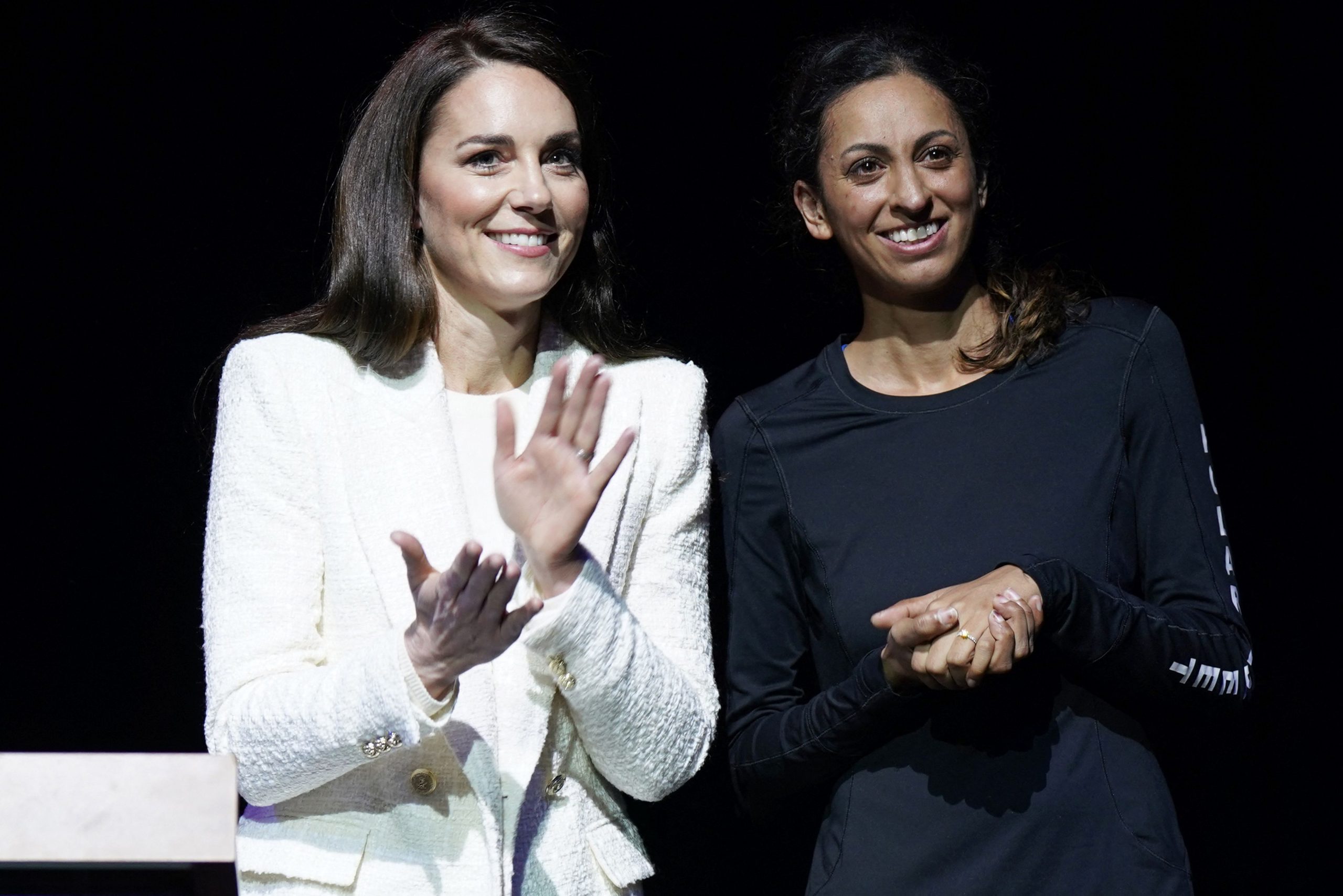
Capt. Chandi, with Her Royal Highness, Catherine, Princess of Wales
While she has many sponsors now, including His Royal Highness, William, the Prince of Wales, finding sponsorship at the start was a herculean task. “People assume that the Army funded my journey but I started it at my own expense. It didn’t turn into an Army expedition until six months after I left, and by that point, I was already deep in debt. There was even a time when I was buying weekly lottery tickets to hopefully finance my trip,” Polar Preet said. “I read somewhere that my worth now is about £3-4 million, I wonder how they came up with that!”
The white continent
On her initial journey to Antarctica, the adventurer covered 700 miles (1,100 km), hauling a sledge weighing 200 pounds (90 kg). “I had to gather 48 days’ worth of food, drinks, and equipment. Due to the pandemic and new Brexit rules, getting some essential gear took longer than expected. Plus, a bunch of the stuff I needed was pretty specific and custom-made. Like, I had to get my tent from France, of all places,” Capt. Chandi shared, “But the trickiest part by far was sorting out food. I had to unpack everything from its original packaging and chop it up, making eating more convenient. I skipped luxury items or things I didn’t need. If I had to pick a favourite piece of gear, it would be my Garmin inReach – this cool device for sending and receiving messages. The catch is, people can’t hit you up unless you’ve messaged them first. I was only in touch with seven people, and four of them were out there on the ice with me.”
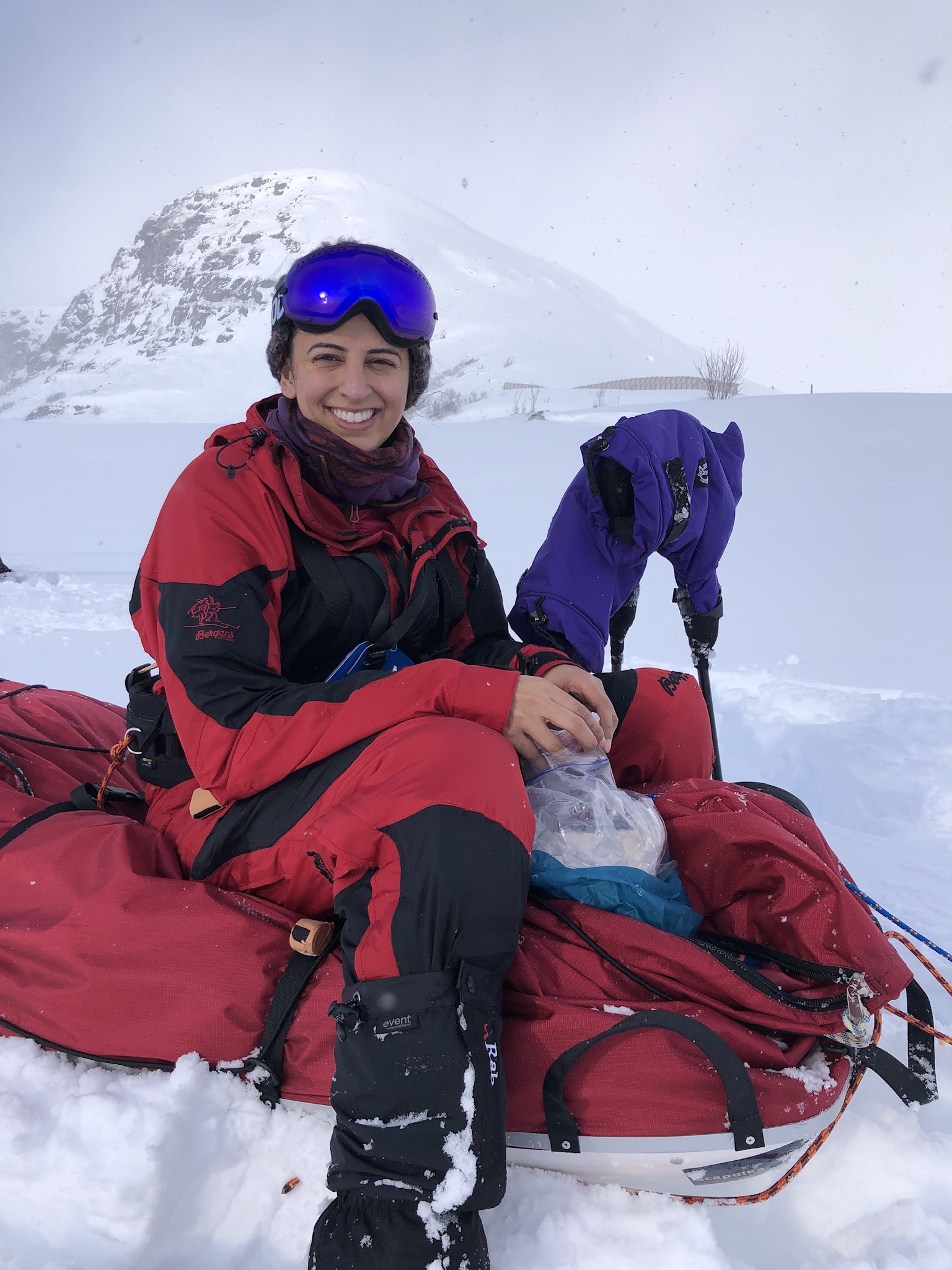
Describing the place, the adventurer said, “It’s majestic – I really don’t know how else to describe it. It’s an incredible feeling to be in this white desert and witness these beautiful sunsets each day – something out of a fairytale. While they were sometimes very cold, the nights were full of stars – something one doesn’t see in their city life. However, conditions can get really harsh, really quick – without any warnings. The same wind that makes the beautiful sastrugi is quite difficult to navigate. My sledge slipped twice on these ice ridges and I flipped them with much difficulty.”
While it was a fairy world, staying isolated also meant dealing with loneliness and sometimes even sadness. “I remember being really frustrated and angry with people during the first two trips to Antarctica – especially the people who had almost gone out of their way to try and make it harder or stop me. You don’t have much to distract yourself. So, I started documenting my journey via voice notes, which I uploaded to my blog. That was a great experience, to be able to tell the world where I was, how was my day, and what it takes to be on this expedition,” shared the Capt. Chandi, who finished her first expedition in 40 days, 7 hours, and 3 minutes, securing the title of the third-fastest solo woman to independently reach the South Pole.
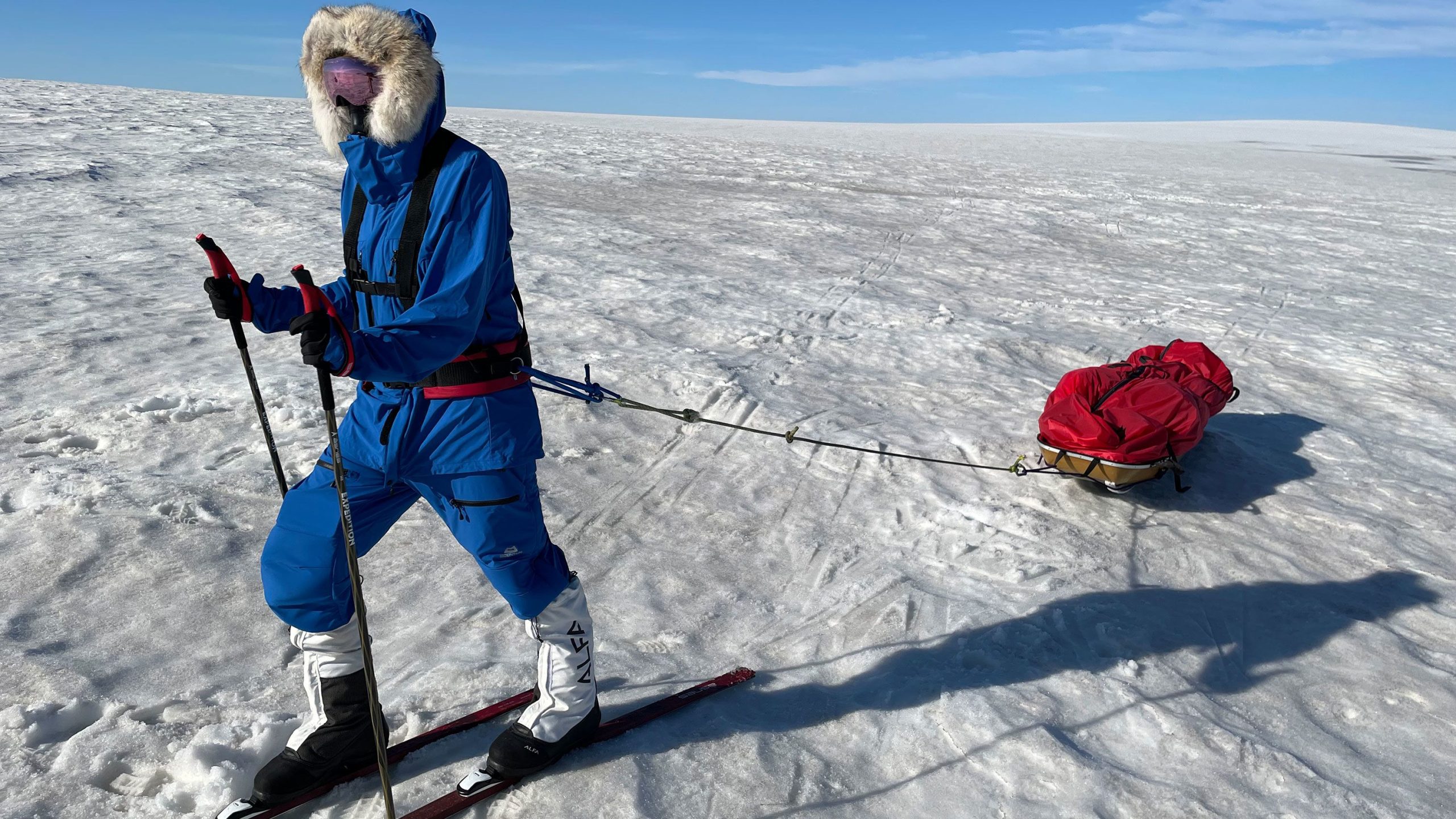
Capt. Chandi embarked on her second solo expedition from Hercules Inlet in late 2022. Her goal was to become the first woman to traverse Antarctica solo and unsupported, aiming to reach Reedy Glacier within 75 days by November 2022. However, she shared on an online blog on January 19, 2023, that she was roughly 30 nautical miles (56 km; 35 mi) away from her designated pick-up point, expressing disappointment at missing the record. The next day, it was revealed that Capt. Chandi had, in fact, set a new world record for the longest solo and unsupported polar expedition, covering 868 miles (1,397 km) up to that point.
A bruise named Elsa
Polar thighs – Antarctica’s mystery ailment – are more common among women doing really long polar expeditions. And Capt. Chandi experienced it too on her second expedition. “I named my scar from the polar thigh injury, Elsa,” laughed the adventurer, “It started quite early on during the expedition, and honestly it looked like a bruise and then a scab. I was in a lot of pain when the scab broke open, and I had to use pain relief tablets for a while.”

While it was difficult to manage the injury in the extreme weather, Capt. Chandi managed to come back home without much damage. “I dressed it daily in the tent but after the wound opened, I kept the dressing on. When I came back from the expedition, I had to undergo surgery at Royal Derby Hospital. During my recent expedition to Antarctica, I had an extra merino wool base layer sewn in to protect it and checked my legs every day to make sure I didn’t have any other injuries forming,” she shared.
History is made
For Capt. Chandi “It wasn’t making or breaking the record that mattered, it was just the sense of adventure. I didn’t announce this expedition at all, only a handful of people knew about it,” said the adventurer, who became the fastest solo woman skier to complete this route, breaking the Caroline Coté’s solo ski record on December 28, 2023. “For me, it’s crucial to emphasise that if I can go and accomplish something like this, anyone has the potential to achieve whatever they set their minds to. I hope people can connect that idea to their own interests, whether it’s in the arts, science, adventure, or any other field,” she expressed.

Capt. Preet Chandi at the South Pole
“People say I ‘conquered’ Antarctica, but I don’t think these places are conquered. One should feel grateful that they allow you to be there. Each day, I’d express my gratitude to Antarctica. I can’t say I enjoyed every single minute there – that’s just the reality of it. If someone claims they enjoyed every moment, I’d find it hard to believe. However, there were some incredible days. When the weather was favourable, the expansive views allowed you to appreciate the diverse shapes and hues of light. It still amazes me that, out of all people, I made it there – the girl who was teased at school for the way she speaks,” expressed the adventurer as she signed off.



 Hema with kids in Iraq[/caption]
Hema with kids in Iraq[/caption]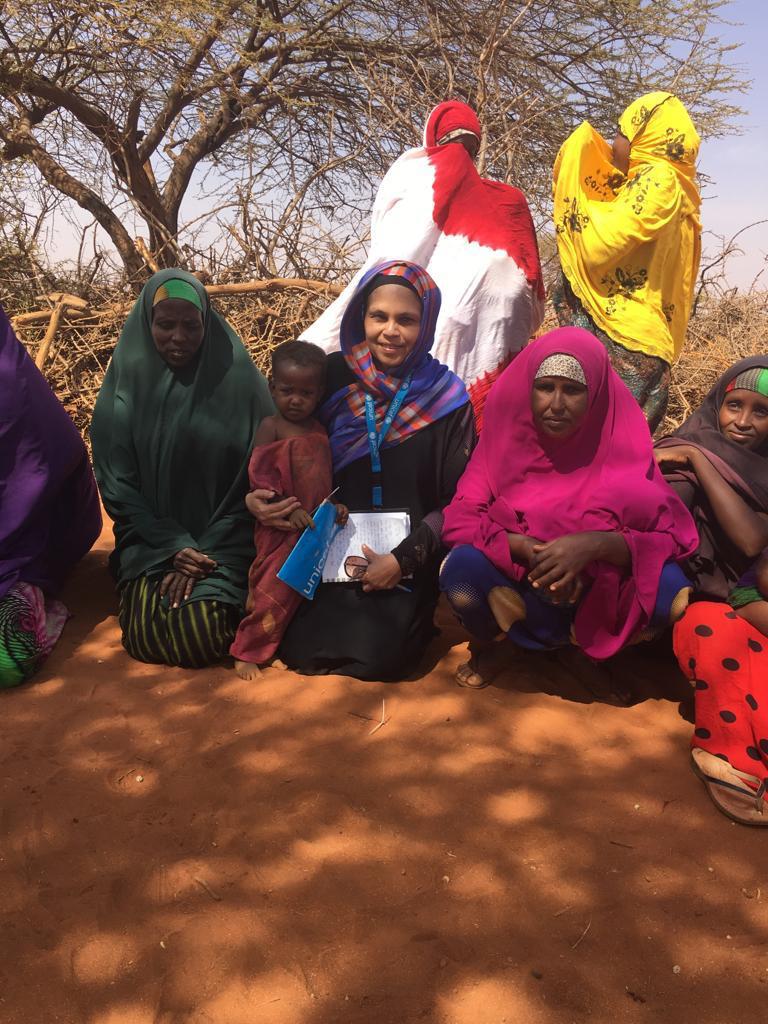 Hema with people of displaced community in Somalia[/caption]
Hema with people of displaced community in Somalia[/caption]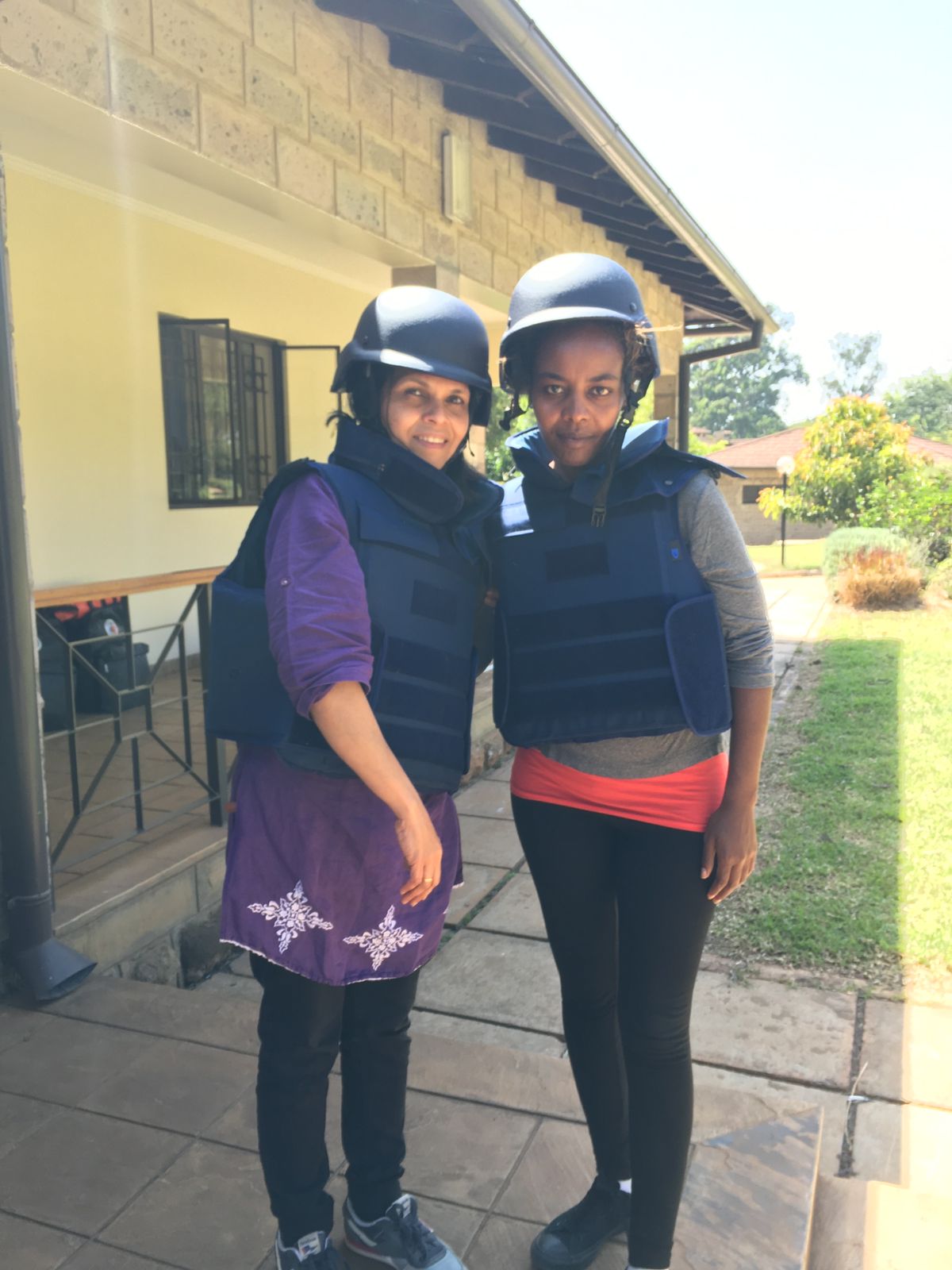 Hema with a colleague - in war zones they used to protect themselves with bullet proof vest and helmet, while working in the field[/caption]
Hema with a colleague - in war zones they used to protect themselves with bullet proof vest and helmet, while working in the field[/caption]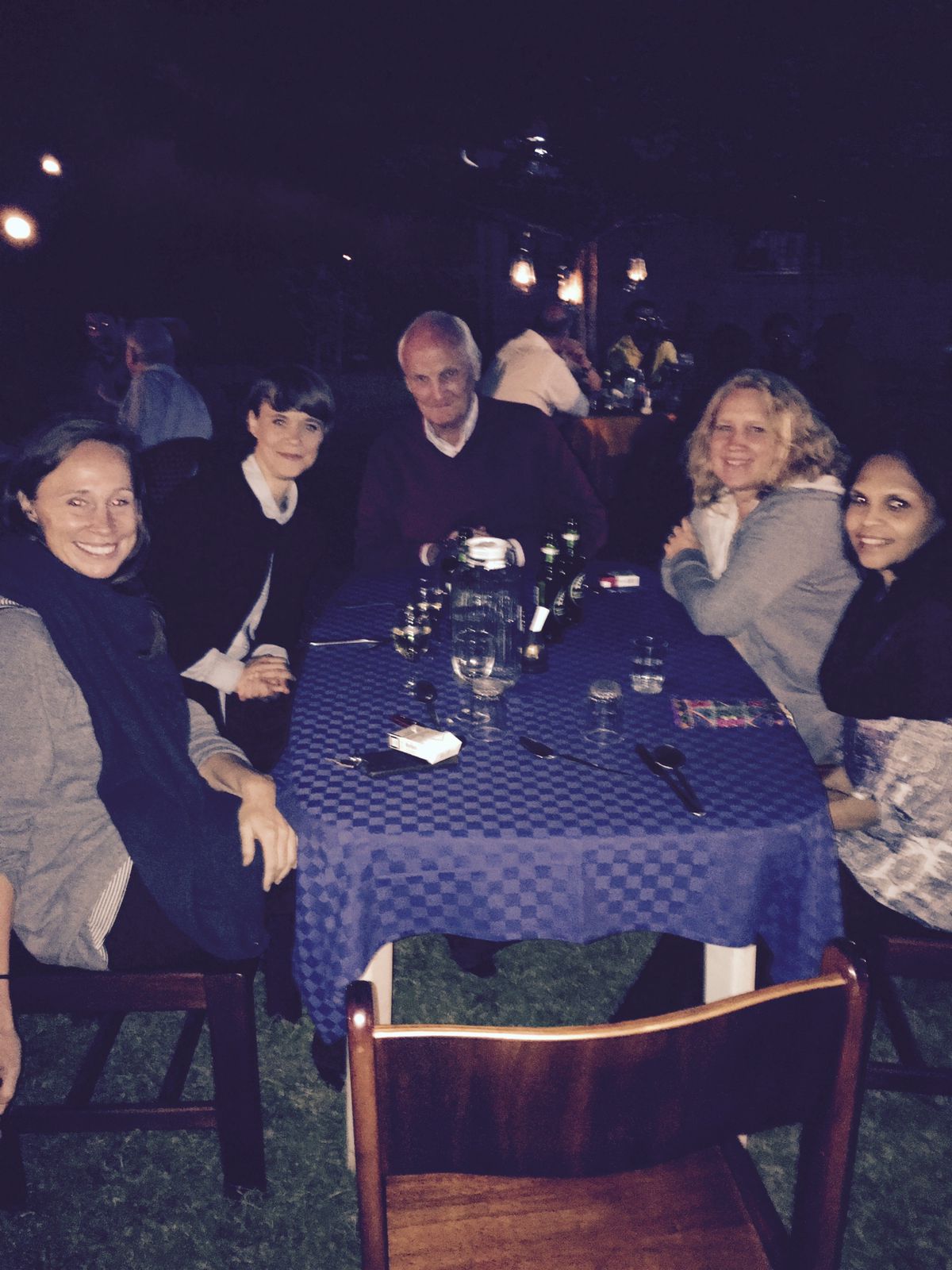 Hema with colleagues, just after a security training programme in Nairobi[/caption]
Hema with colleagues, just after a security training programme in Nairobi[/caption]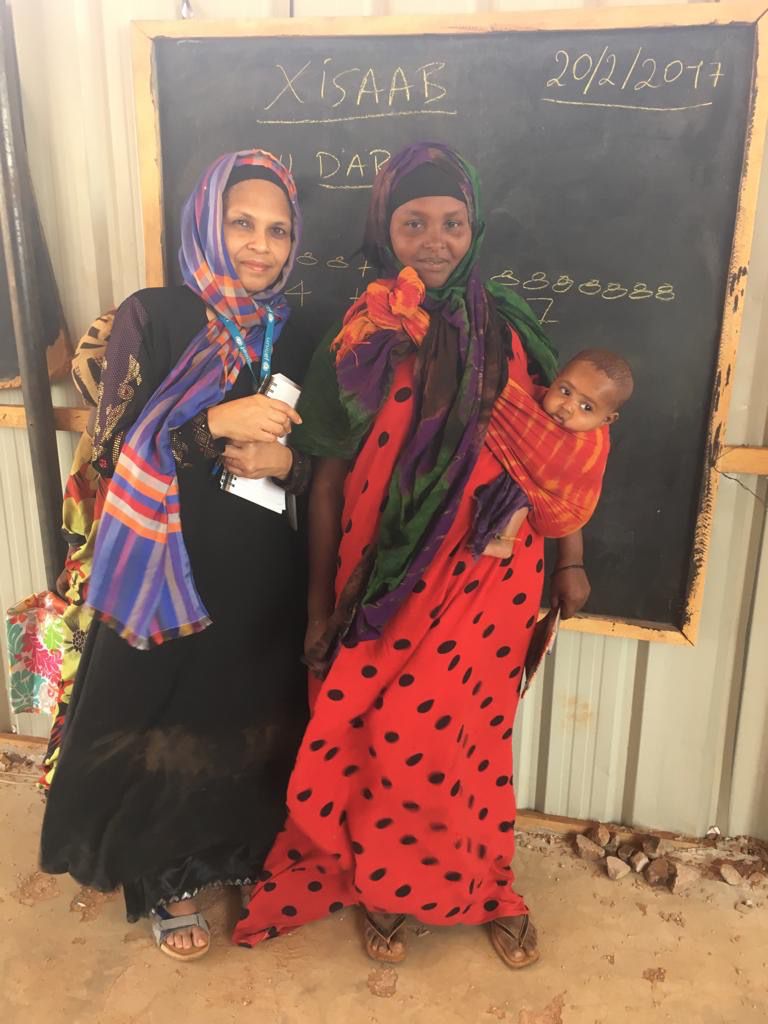 Hema in Somalia during a school visit - a maths class was going on. They call it 'Hisaab' like us[/caption]
Hema in Somalia during a school visit - a maths class was going on. They call it 'Hisaab' like us[/caption]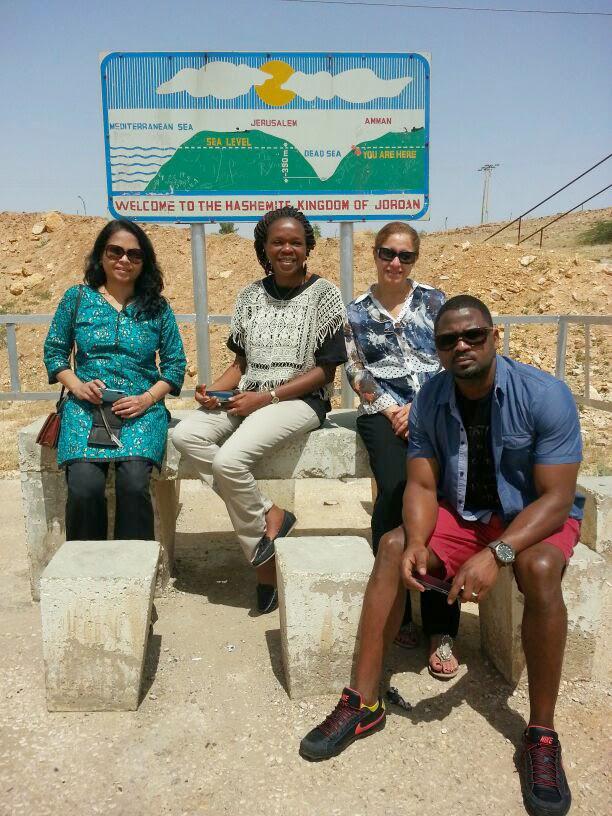 Hema with colleagues in Jordan[/caption]
Hema with colleagues in Jordan[/caption] Hema Vinod's first book[/caption]
Hema Vinod's first book[/caption] Hema Vinod's second book[/caption]
Hema Vinod's second book[/caption]
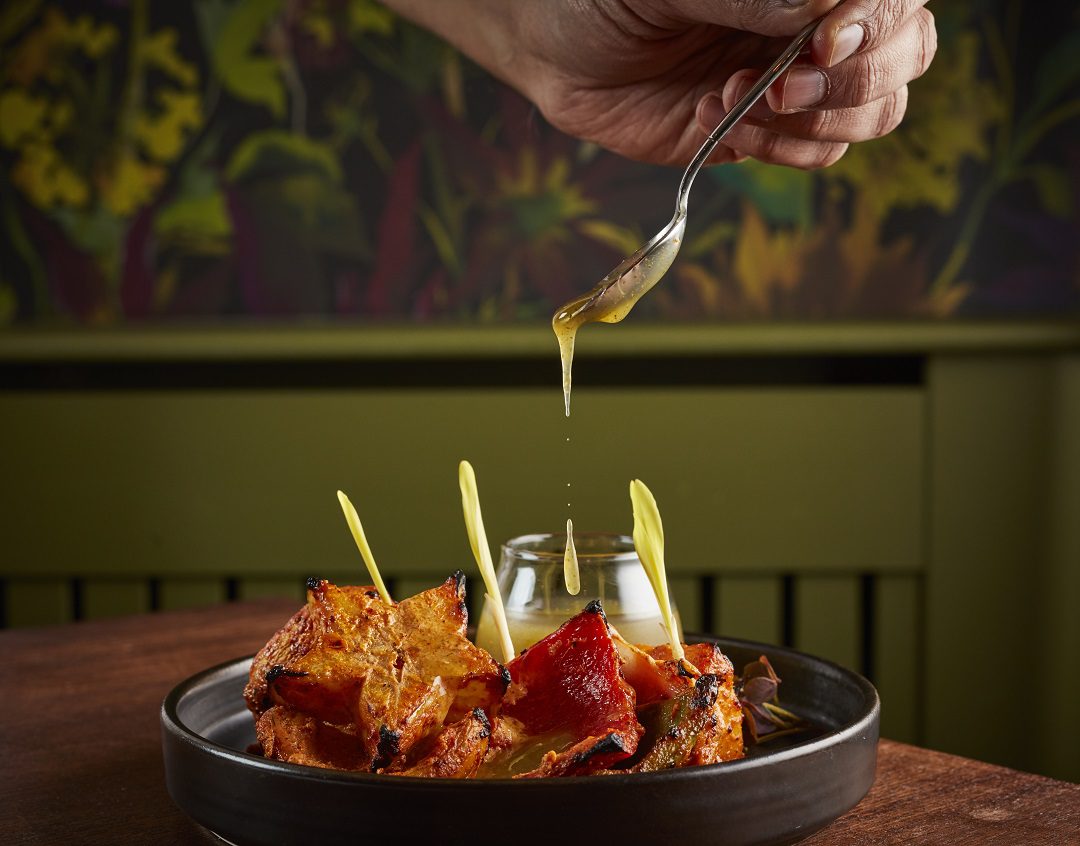
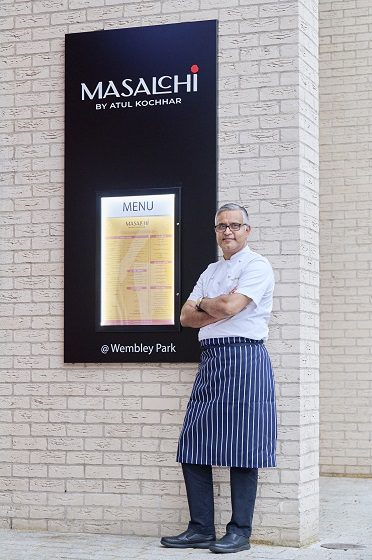
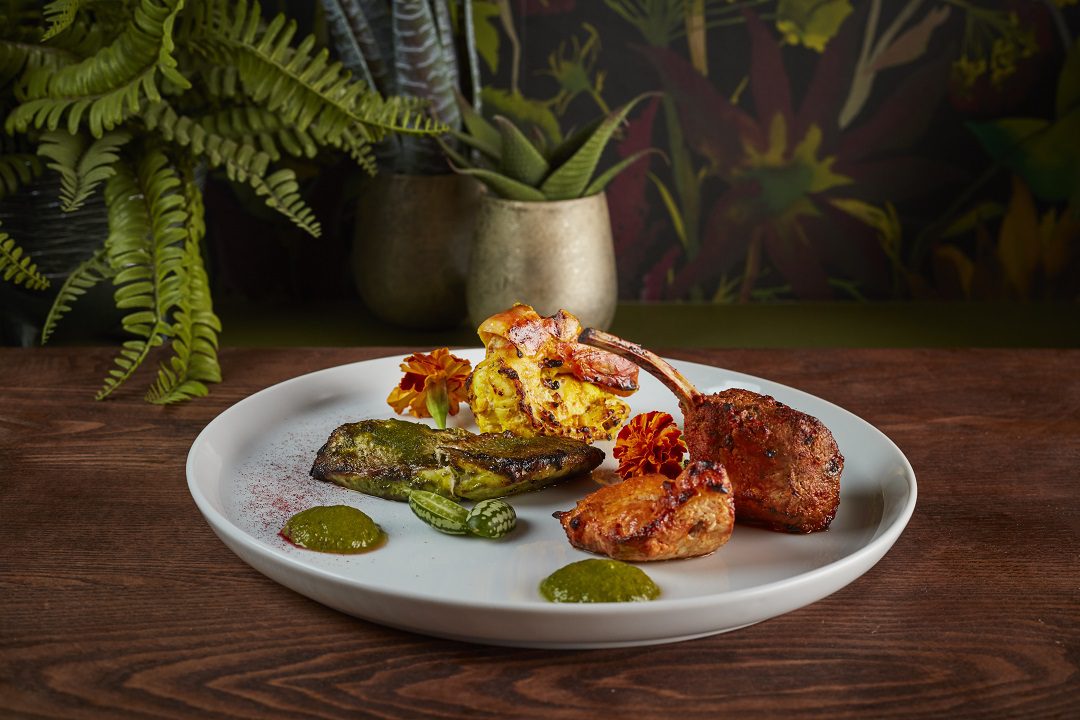

 Chef Manuel Olveira at La Panthera[/caption]
Chef Manuel Olveira at La Panthera[/caption]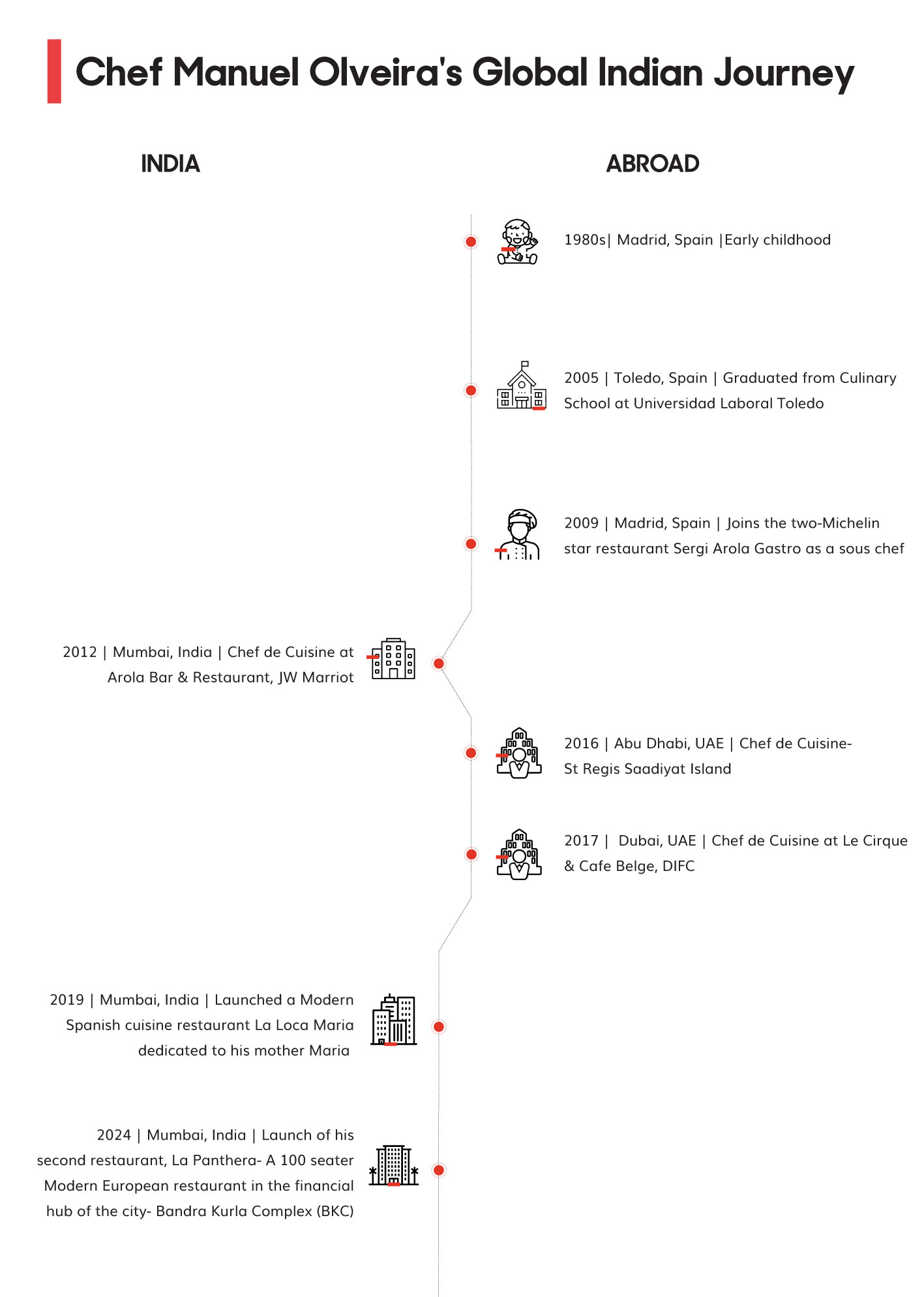
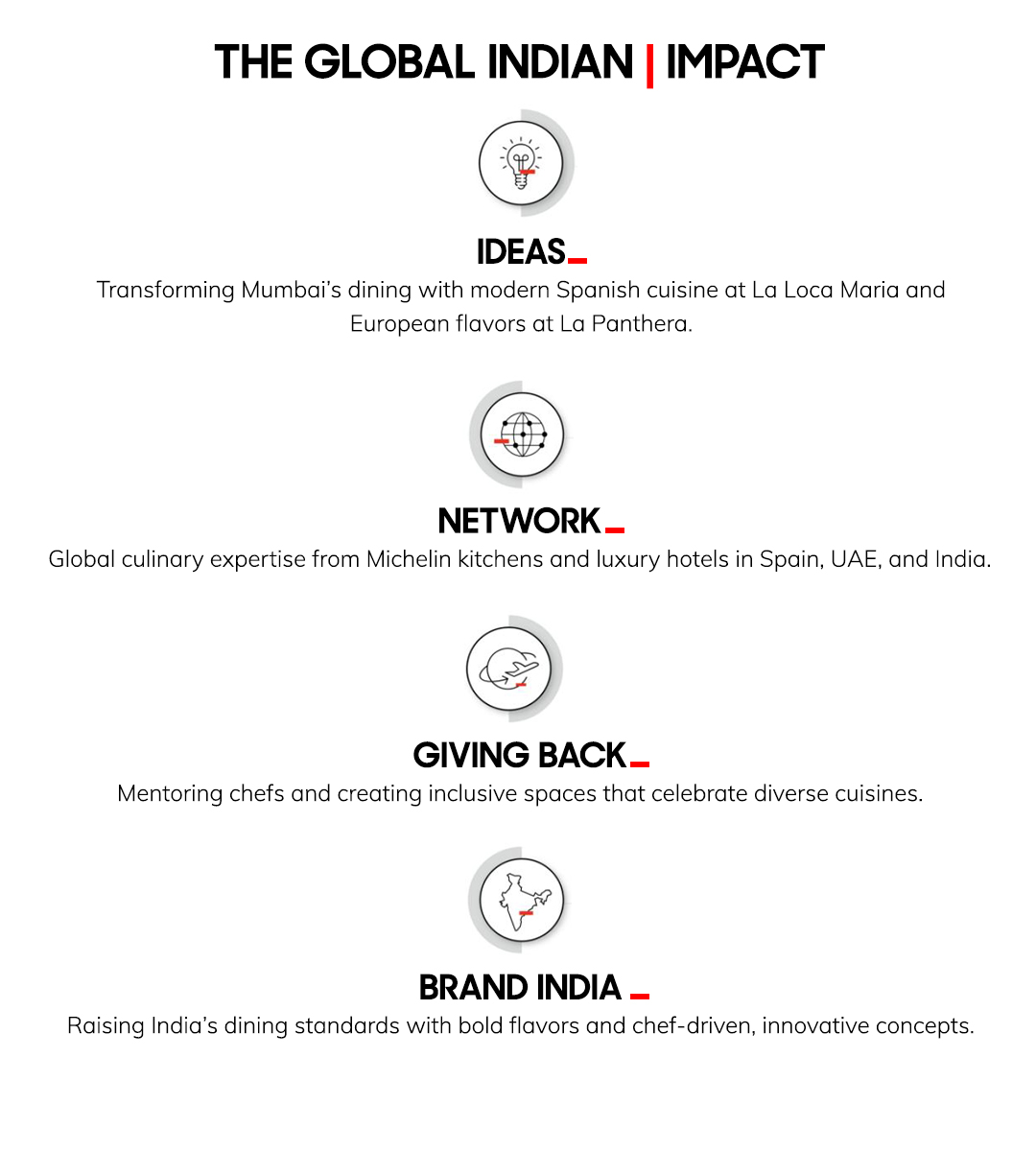
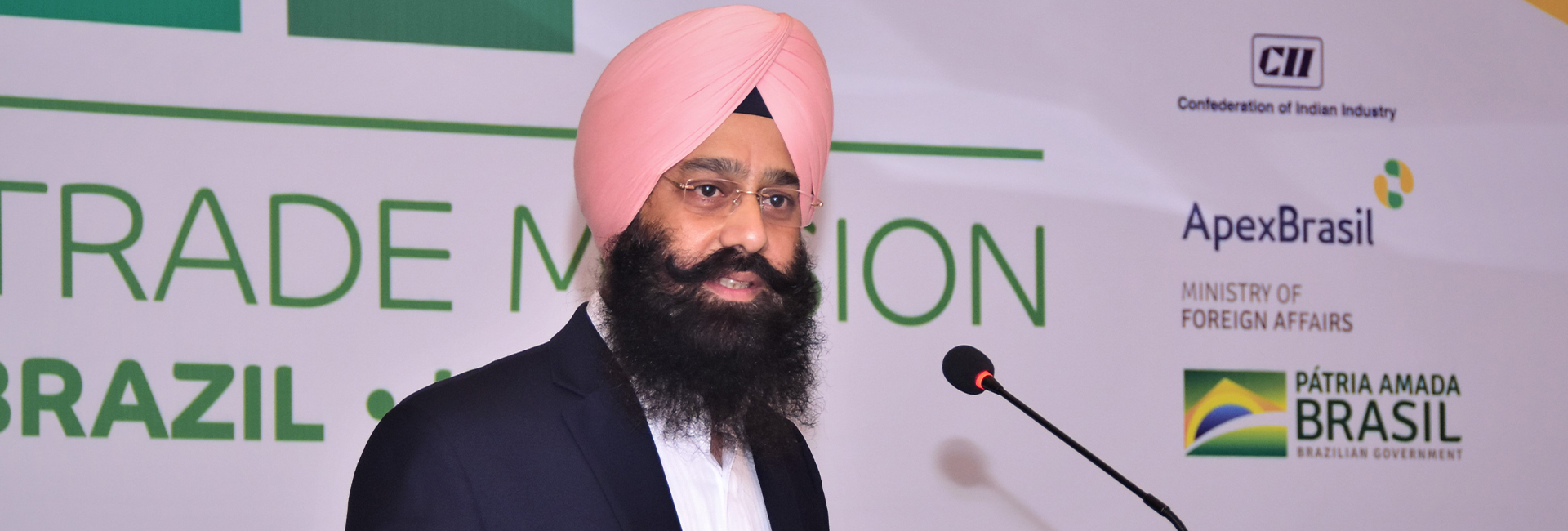
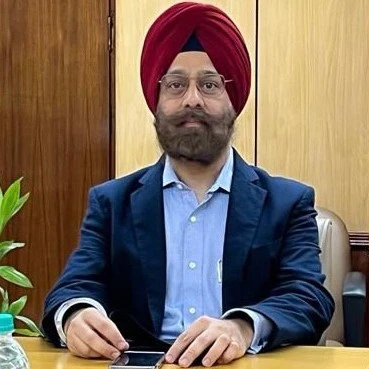 Simmarpal Singh[/caption]
Simmarpal Singh[/caption]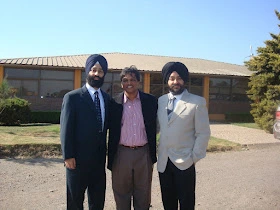 Simmarpal Singh in Argentina[/caption]
Simmarpal Singh in Argentina[/caption]